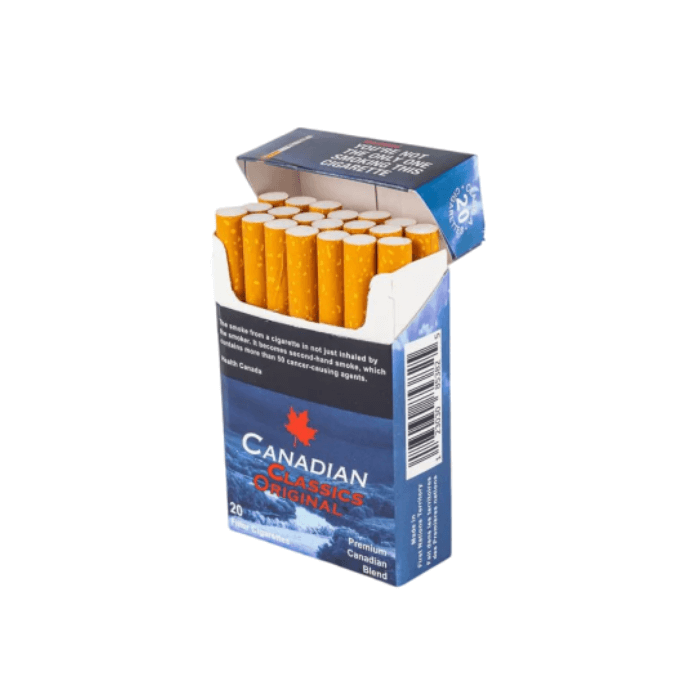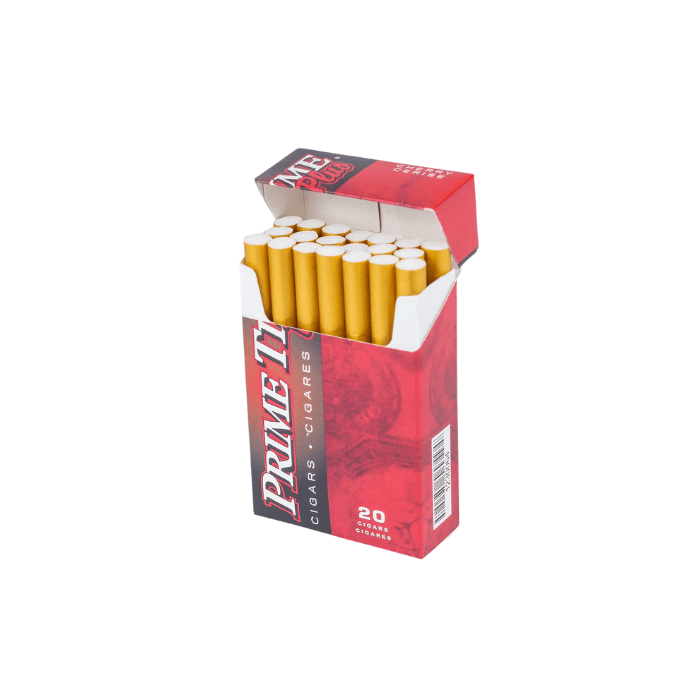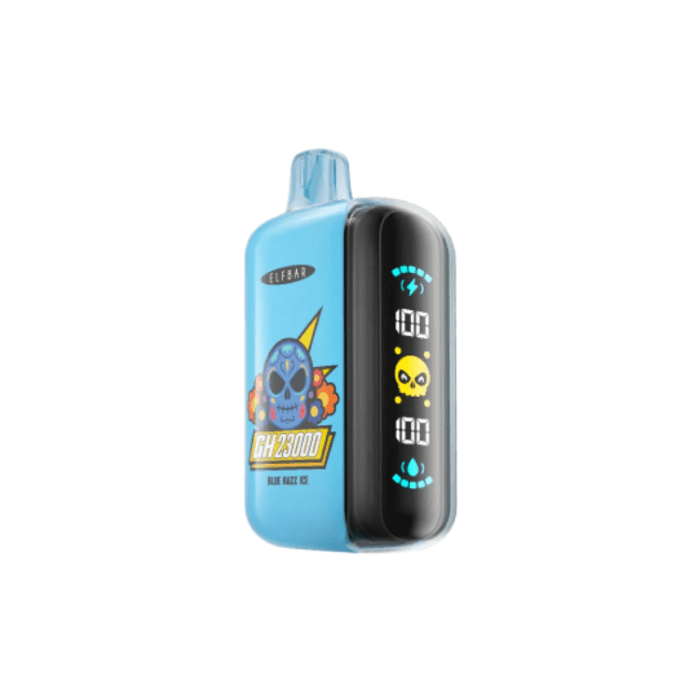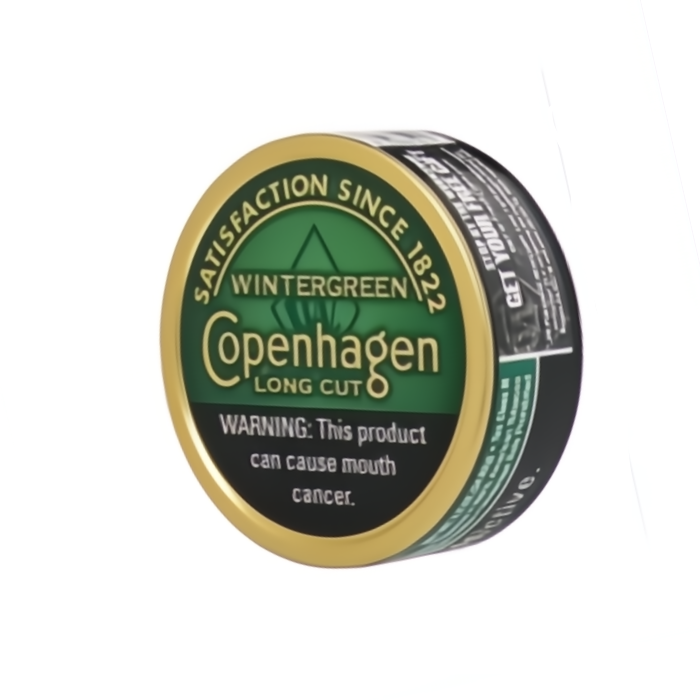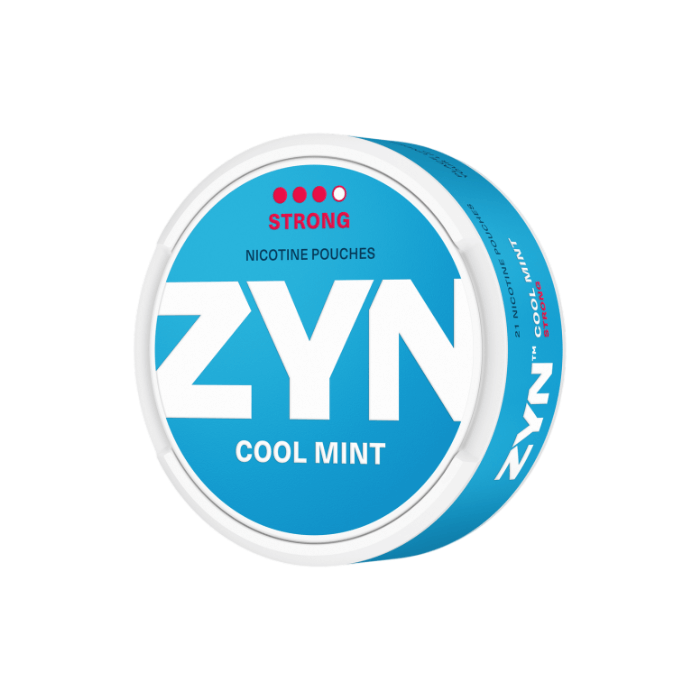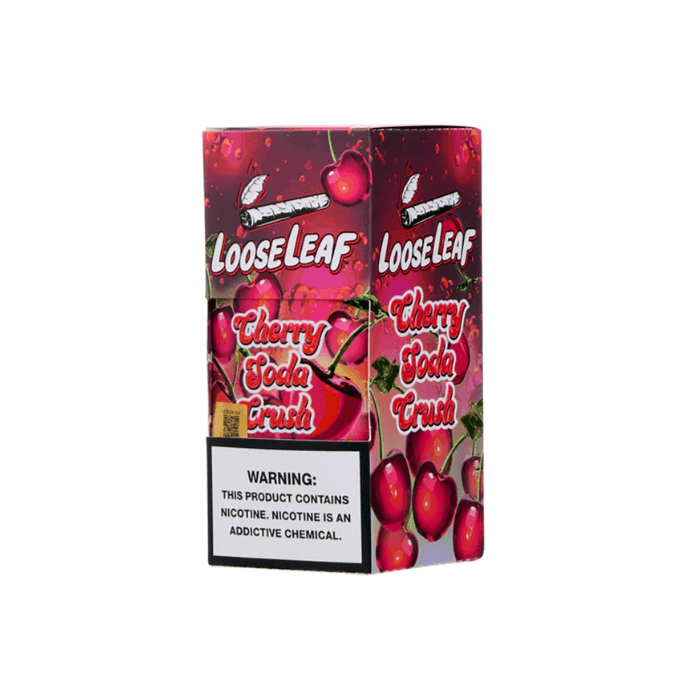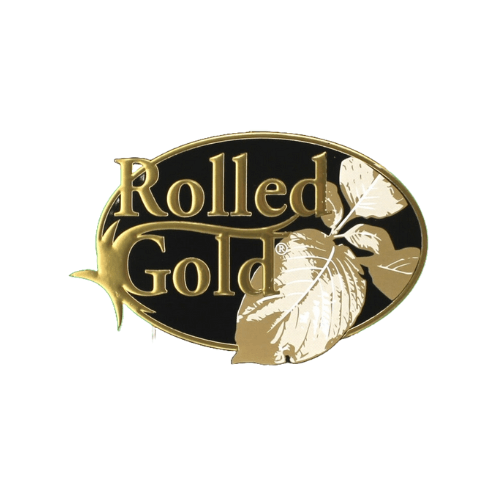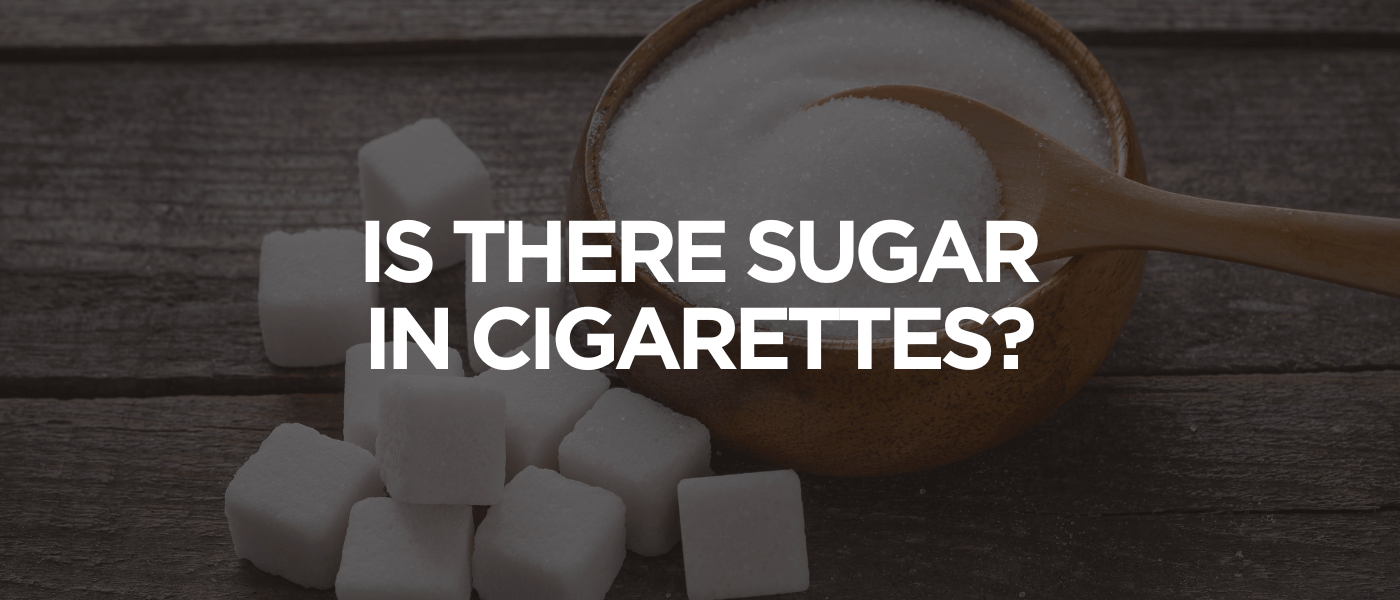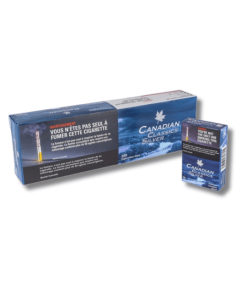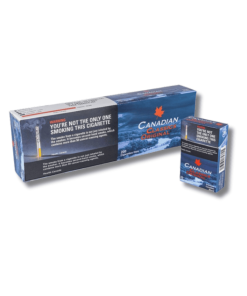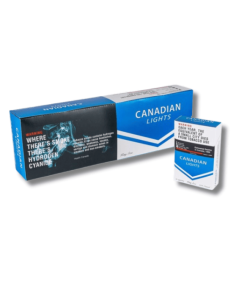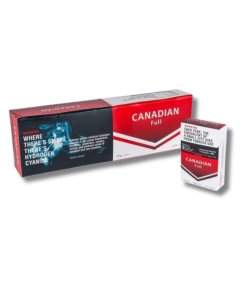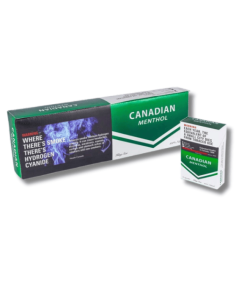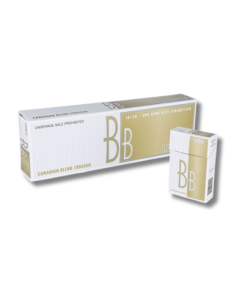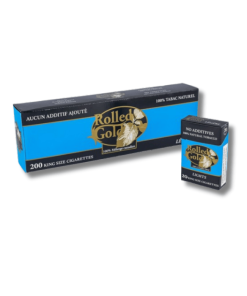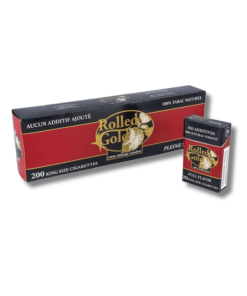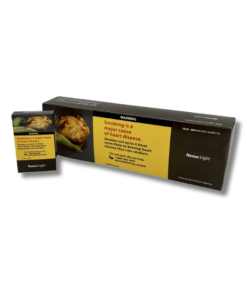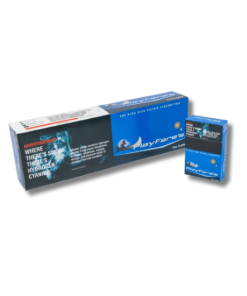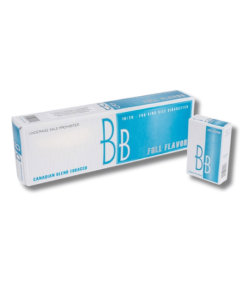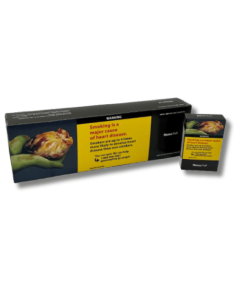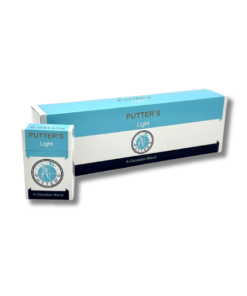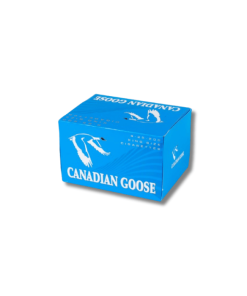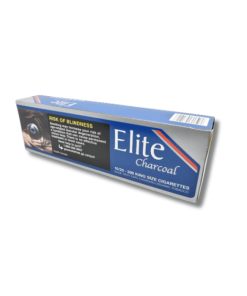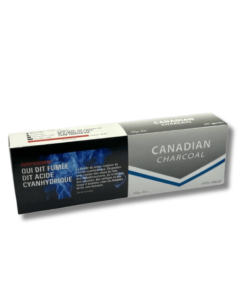Cigarettes, Health
Is There Sugar in Cigarettes?
When most Canadians think of sugar, cigarettes probably aren’t the first thing that come to mind. Yet, sugar plays a surprisingly intentional role in the modern tobacco industry. If you’ve ever wondered what really goes into a cigarette beyond tobacco and nicotine, this article will walk you through the lesser-known ingredient list — with a close look at sugar, why it’s there, and how it affects your experience as a smoker. Whether you’re a seasoned smoker or just curious, this breakdown gives you a professional, practical lens on what’s behind the smoke.
Background on Cigarette Composition
Cigarettes are more than just dried tobacco rolled in paper. Today’s commercial cigarettes are a blend of:
- Processed tobacco leaves: Manufacturers often mix flue-cured, burley, and reconstituted tobacco to create a consistent burn rate and flavour.
- Additives and humectants: These include chemicals like glycerol and propylene glycol, which retain moisture and improve shelf life.
- Flavouring agents: Some of these are natural, while others are synthetic, helping to standardize taste and smooth out the harshness of raw tobacco.
Sugar doesn’t come up in casual conversations about these ingredients, but it plays a much bigger role than most smokers realize.
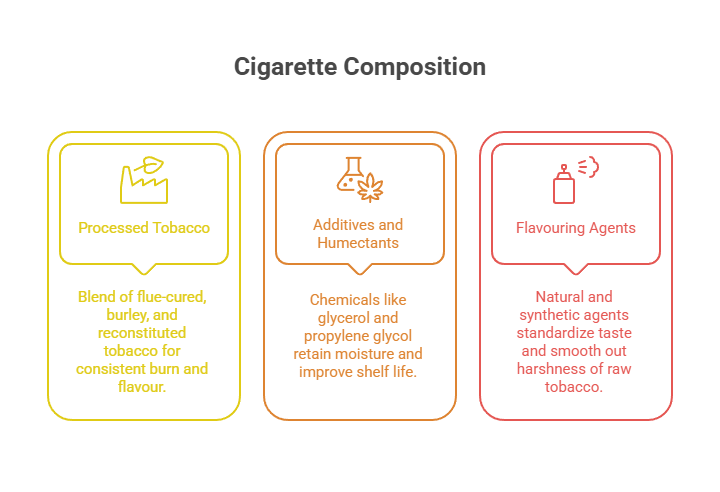
The Role of Sugar in Cigarettes
Most cigarette smokers are unaware that sugar isn’t just a natural component of the tobacco leaf — it’s often added during processing. This added sugar plays a significant role in shaping the experience and chemical profile of cigarette smoke.Why do tobacco companies add sugar?
- Flavour balancing in mainstream smoke composition: Tobacco smoke, especially from burley tobacco, can be naturally bitter. Tobacco companies frequently add sugar to offset this harshness. It creates a smoother, more consistent taste, which makes the product more appealing to a broader range of cigarette smokers.
- Tobacco additives for brand consistency: Tobacco additives — including various forms of sugar — are used to standardize the flavour across batches. This keeps the taste familiar and predictable regardless of minor differences in the tobacco leaf itself. These additives subtly influence nicotine self-administration, making it easier for smokers to control their intake and maintain habitual use.
- Sugar’s role in nicotine delivery and dependency: Though sugar doesn’t contain nicotine, it may interact with it during combustion. When sugar burns in cigarette smoke, it produces acetaldehyde — a compound thought to reinforce nicotine’s effects on the brain. This chemical synergy can affect how smokers experience and sustain their habits, even if it’s not immediately obvious. In animal studies, this interaction has shown a connection to increased nicotine self-administration.
- Sugar combustion and toxin formation: One of the more concerning aspects of sugar in cigarettes is how it impacts tobacco smoke on a chemical level. During combustion, added sugar increases toxins such as acetaldehyde and formaldehyde — both known to contribute to the harmful effects of cigarette smoke. These compounds are not typically listed on cigarette pack messages, leaving consumers unaware of the real health implications.
- Manipulating mainstream smoke composition: Sugar and other additives alter the mainstream smoke composition — the smoke inhaled directly by the user. This adjustment affects the delivery of not only nicotine but also various irritants and byproducts. It’s a strategic move by tobacco companies to engineer a more palatable, albeit chemically complex, product.
Tobacco additives like sugar are one of the least discussed — but most influential — components in modern cigarettes. As more research surfaces, it becomes clearer that added sugar increases toxins and plays a role in shaping both the physical and psychological aspects of smoking.
Effects of Sugar on Cigarette Smoke
When sugar is burned, it doesn’t just disappear — it undergoes a chemical transformation. The pyrolysis (thermal decomposition) of sugar can lead to the creation of several compounds, including aldehydes like acetaldehyde. This means:
- Increased smoothness: Burned sugars soften the smoke, making inhalation feel less harsh. This may make cigarettes easier to smoke for longer durations.
- Production of reactive compounds: As sugar burns, it produces compounds that can interact with other smoke constituents. These reactions may change the way the smoke behaves in the lungs.
- Impact on dependence: While the research is ongoing, there’s some indication that sugar-derived chemicals like acetaldehyde could influence the brain’s reward system in combination with nicotine.
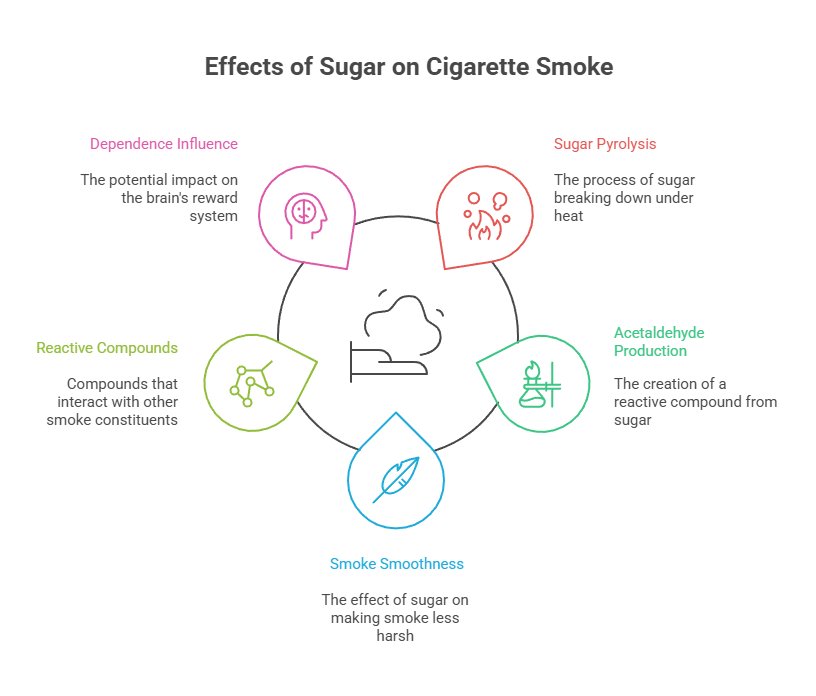
Health Implications of Sugar in Cigarettes
The inclusion of sugar in cigarettes and vapes creates more than just a smoother taste — it also has measurable effects on the chemical profile of cigarette smoke and potential long-term health outcomes. While many cigarette smokers associate danger primarily with nicotine or tar, added sugars play a subtle yet meaningful role in toxicity.
When sugar is burned in the presence of tobacco, it produces a variety of toxic chemicals, most notably acetaldehyde and formaldehyde. These compounds are common byproducts of pyrolysis and are associated with increased cancer risk. This transformation — from sweet additive to hazardous emission — means that sugar in cigarettes increases toxins without providing any warning to the smoker.Several studies in tobacco research suggest that the interaction between sugar byproducts and nicotine may reinforce addictive behaviours. The compound acetaldehyde, in particular, has been shown to boost nicotine addiction when combined with nicotine, potentially influencing how dependence develops over time. Though more data is needed in human models, animal and online experiment findings suggest a direct correlation.
Even cigarettes marketed as “natural tobacco” are not exempt from added sugars. The curing process of Virginia tobacco, for example, naturally leaves behind a higher sugar content — but commercial blends often increase sugar levels further to achieve a consistent flavour. These additions can mislead consumers into thinking their smoke is “purer,” when in fact, natural tobacco can still carry artificially heightened chemical risks.Major brands like British American Tobacco have historically used sugars in various tobacco blends, citing flavour enhancement as the primary reason. But public disclosure of these practices remains limited. It’s this lack of transparency that fuels the growing concern among researchers and public health advocates: that the use of sugar in cigarettes creates a chemical cocktail far more dangerous than consumers are led to believe.
The chain reaction caused by burning sugar doesn’t end with flavour. It affects how nicotine is delivered, how quickly it’s absorbed, and how your brain responds. Ultimately, sugar in cigarettes creates a more “user-friendly” product that may be easier to start and harder to quit — all without the smoker being aware of its influence.
Regulation of Tobacco Products
In Canada, tobacco regulations for cigarettes and nicotine pouches are governed federally by Health Canada through the Tobacco and Vaping Products Act (TVPA). While many additives must be disclosed, sugar isn’t always listed transparently because it’s part of proprietary blends. Some not
- No ban on sugar additives: Unlike flavour bans, there are currently no specific limits on the amount or type of sugar that can be added to tobacco.
- Lack of consumer labeling: Cigarette packaging doesn’t typically disclose individual additives, so most smokers don’t realize sugar is part of the recipe.
- International differences: Some jurisdictions, like the EU, have stricter additive disclosure rules than Canada — but sugar often still flies under the radar.
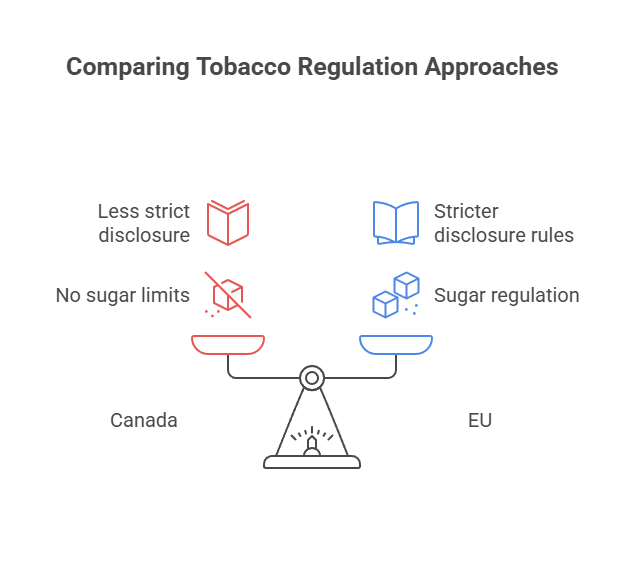
Public Awareness of Sugar in Cigarettes
For many smokers in Canada, the idea that sugar is part of their cigarette likely comes as a surprise. Despite growing public awareness around the harms of tobacco, the presence of sugar as a key additive remains largely underreported. Most public health messaging focuses on nicotine, tar, and carcinogens, but rarely touches on how added sugar contributes to the broader chemical profile of tobacco smoke.
This gap in knowledge is not accidental. Tobacco companies are not required to disclose every individual ingredient on packaging, and sugar is often folded into broader terms like “additives” or “flavourings.” That lack of transparency leaves consumers in the dark, even when they believe they’re making informed choices. Cigarettes marketed as “additive-free” or “natural” can still contain sugars that were present during the curing process or added for consistency and flavour. And while some health campaigns are beginning to expand their scope, the presence of sugar in cigarettes remains a blind spot in mainstream education.
Public discussions about smoking harm often ignore how sugar alters the experience — not just in taste but in how the body responds to smoke. As more research points to sugar’s role in reinforcing nicotine’s effects and increasing toxic byproducts in smoke, the need for greater public awareness becomes more urgent. Canadian smokers deserve to know exactly what they’re inhaling, and how it might be shaping both their experience and their health risks.
Impact on Smokers
Understanding that sugar is present in cigarettes adds a new dimension to how smokers evaluate their choices. The smoother draw and consistent flavour that sugar provides might make cigarettes easier to smoke, but this also means they’re more deceptive. When a cigarette feels less harsh, it can mask the body’s natural response to harmful substances, encouraging longer and deeper inhalation. This altered experience may reinforce the habit in ways that go beyond nicotine alone.
For many smokers, the physical ritual of smoking is as much about comfort as it is about addiction. Sugar modifies the sensory experience of smoking, potentially reinforcing psychological associations between smoking and stress relief. The byproducts of sugar combustion — like acetaldehyde — may amplify the rewarding effects of nicotine, quietly increasing dependency without the smoker even realizing it. It’s this subtle influence that makes sugar more than a flavour enhancer; it becomes a functional part of how cigarettes create and sustain use.
In practical terms, this also complicates harm-reduction strategies. Smokers who try to switch to “simpler” or “natural” products may still be exposed to elevated sugar levels, especially if they rely on certain tobacco blends like Virginia or flue-cured varieties. Without full transparency from manufacturers, there’s little way for consumers to know what’s really in the smoke they’re inhaling. The bottom line is that sugar isn’t just a sweetener — it’s part of the chemical system that makes quitting harder and smoking feel deceptively smooth.
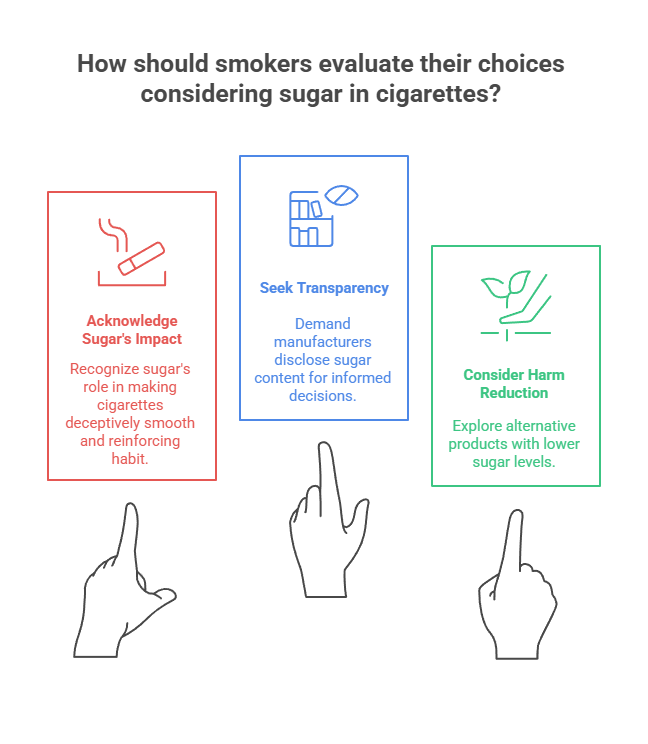
Frequently Asked Questions
Do all cigarettes have sugar in them?
Yes, nearly all commercially available cigarettes contain sugar in some form — whether it’s naturally occurring in the tobacco leaf or added during processing
How much sugar is in a pack of cigarettes?
The sugar content in a single cigarette can vary depending on the blend and manufacturer, but it typically ranges by a certain percentage of the tobacco filler by weight.
Does cigarette affect sugar levels?
Cigarette smoking doesn’t contain sugar in a form that directly impacts blood glucose, but it can influence how your body handles insulin and glucose over time.
Summary
So, is there sugar in cigarettes? Yes — and it’s not just an accidental trace. Sugar plays a strategic role in flavour, burn quality, and even the addictive potential of modern cigarettes. While it might smooth out the experience, it also quietly contributes to the chemical complexity of smoke.For smokers looking to make more informed choices, it’s worth considering what’s truly in that cigarette. Whether you’re sticking with traditional tobacco or exploring new alternatives, it’s essential to trust your source. That’s why we encourage you to get all your classic cigarettes from NativeSmokes4Less — where quality, transparency, and pricing make all the difference. When you know better, you smoke smarter.

